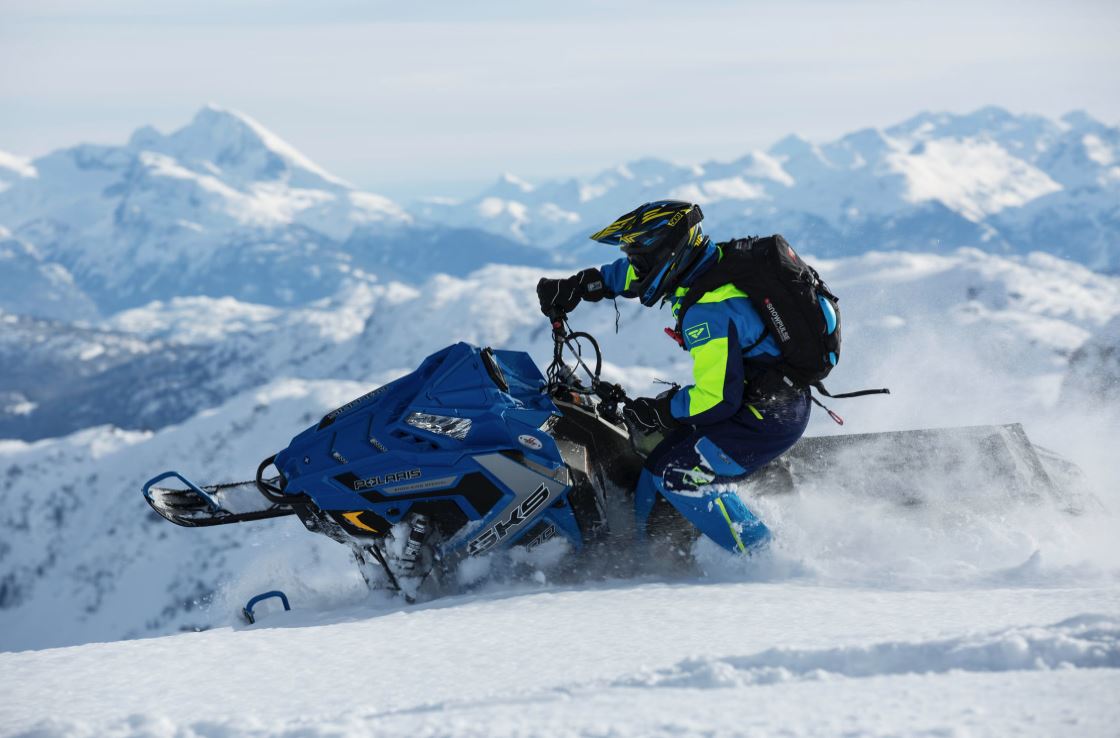
Whether you ride a snowmobile for fun or for practical reasons, it’s time to brush up on several things. A responsible snowmobile owner and driver reviews basic information before hauling out the old snow carriage for the winter. These tips are reminders in case there might be something you inadvertently overlooked this year.
Keep Body and Soul Intact with Safety Gear
Good headgear is your best defense against traumatic brain injuries if something goes wrong. Take a careful look at your DOT-approved helmet before the season starts. Check for cracks in the fog-proof visor and clear the vents of any debris. Make sure all padded areas remain intact as they cannot protect you with worn or missing padding.
Experts like those at Bob’s Cycle & Snowmobile Supply suggest you carry a few extras when snowmobiling. Most riders know wearing specialty jackets, pants, and gloves are a necessity. However, it helps if you carry a spare pair of gloves and wool socks in case the first set gets wet. A balaclava and a wool hat keep the biting cold away from body parts vulnerable to frostbite.
Inspect Your Ride Before You Go
Before you take your snowmobile out for a drive, there are several things to check. These include checking your engine fluid levels and maintaining good fluid balance. Let your engine idle for a few minutes to let it warm up before revving it up.
Always rinse road salt off your machine by washing it after each use. Keep your snowmobile covered during transport to protect it from road spray. You want to keep that shiny paint job looking good.
Know Your State Laws
Registration and insurance are typical requirements for operating a moving vehicle, including a snowmobile. Make sure you know your local laws and regulations. Regardless of insurance requirements, it’s just common sense to carry insurance for your snowmobile. If your sled sustains damage, or you cause damage to someone’s property or to another person, it should not bankrupt you and your family.
You can opt for additional forms of insurance coverage. Bundled policies that include collision, bodily injury, property damage liability, and comprehensive coverage can be tailored for your specific needs.
Best Practices for Safe-Riding Techniques
Some snowmobile drivers know not to drive at unsafe speeds while others need reminders not to use alcohol or drugs before taking their snowmobile for a quick spin. The National Institute of Health suggests using care if you plan to drive at night or unfamiliar areas. Barbed wire and other hazards are difficult to see until it’s too late.
Always keep your headlights and tail lights on so other vehicles notice you. Try to travel in a group or with at least one other snowmobile buddy in case of an emergency in a remote area. Do not pull sleds, skiers, or folks on inner tubes or saucers behind your snowmobile. Use particular care navigating over rugged terrain as rocks may conceal ice under a thin layer of snow.
Practicing these commonsense ideas will keep you and your family safe during this snowmobiling season. Use caution and enjoy your ride.


